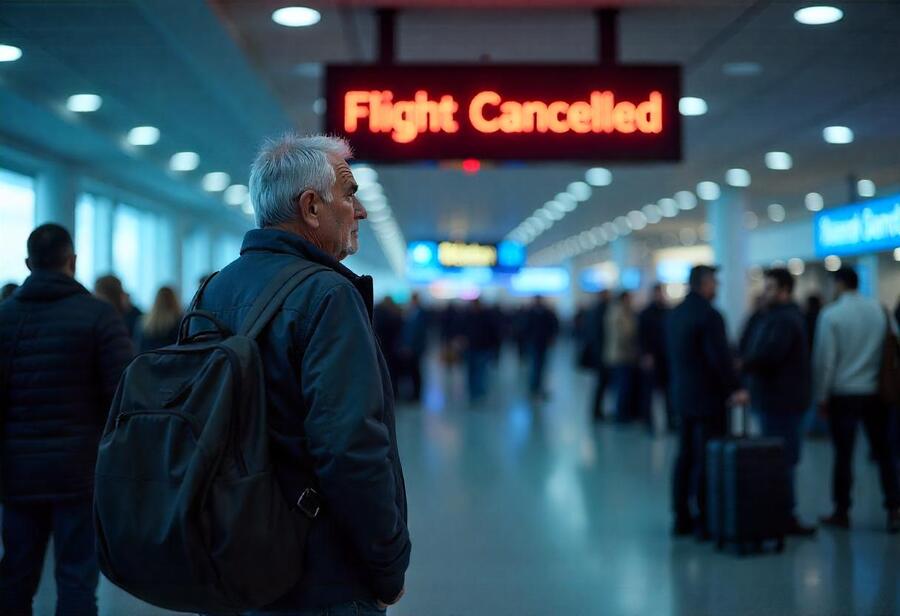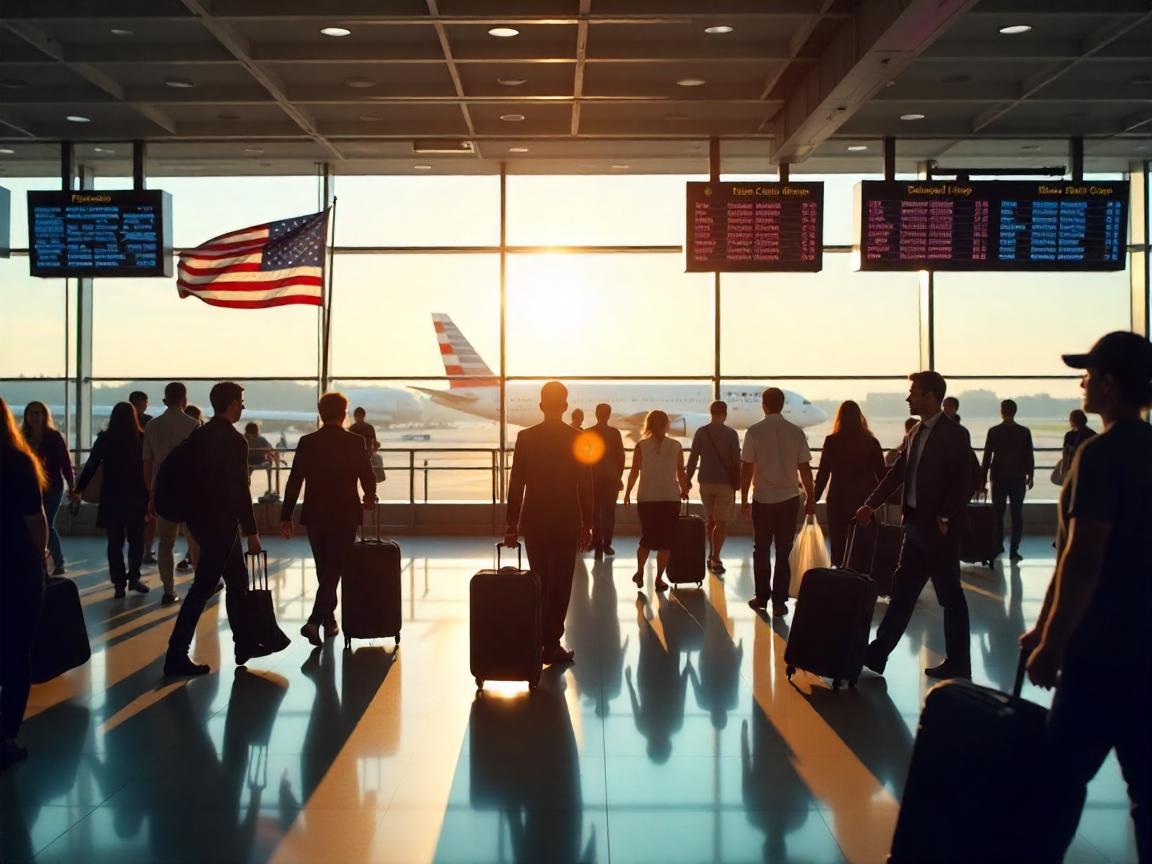Delta, Southwest, American, Frontier and US Airlines Suffer Two Hundred Twenty Five Million USD Loss in Q1 as Travel Demand Weakens, International Visitors Drop, and Economic Uncertainty Casts a Shadow Over 2025 - Travel And Tour World
Sunday, June 22, 2025

Delta, Southwest, American, Frontier, and other major U.S. airlines have just reported a shocking financial blow—a two hundred twenty-five million USD loss in Q1 of 2025. The numbers are real, and the impact is deep. As travel demand weakens, international visitors drop, and economic uncertainty spreads across the market, the aviation industry finds itself facing turbulence it didn’t expect this early in the year.
But why are airlines like Delta, Southwest, American, and Frontier suddenly in the red after a string of profitable quarters? What changed? The answers are complex—but they all lead back to a shifting economic landscape that’s casting a long, uncertain shadow over 2025.
Fuel costs, falling bookings, and shaken traveler confidence are only part of the picture. There’s more. Much more. And as the world watches, U.S. airlines are now forced to make difficult choices that could shape the future of flight for years to come.
After riding high for three consecutive profitable quarters, U.S. airlines have hit a sharp pocket of turbulence in early 2025. The industry collectively posted an in the first quarter, according to the Bureau of Transportation Statistics (BTS).
This marks a dramatic reversal from the $2.4 billion profit recorded just months earlier in Q4 2024. And although the loss is smaller than Q1 2024’s $1.7 billion hit, the shift has sparked alarm across the aviation sector.
Airline executives, analysts, and industry observers are now pointing to a perfect storm: shaky economic conditions, falling demand for domestic leisure travel, and a steep decline in international visitor arrivals. Combined, these pressures are pushing carriers toward financial strain—just as they were finding their post-pandemic footing.
Both logged net losses in Q1 2025. However, it was that plunged into the red on the side, showing early signs of deeper weakness in the U.S. consumer market.
The slump aligns with warning signs from major carriers. American Airlines and Alaska Air Group have both reported losses in recent weeks— and , respectively—and have withdrawn their full-year guidance due to growing market volatility.
The message is loud and clear: American travelers are pulling back, and airlines are bracing for more turbulence ahead.
A major factor behind the slowdown? Shrinking consumer buying power.
According to the Federal Reserve Bank of St. Louis, in the U.S. stood at , down sharply from a pandemic-era peak of . That difference matters. When people feel less financially secure, vacation spending—especially airfare—is often the first thing to go.
The result? Weaker booking volumes and lower-than-expected revenues, even during periods that typically see a surge in demand.
This financial pressure is also reflected in . A recent Bank of America report revealed “softer lodging, tourism, and airline spending” across the board. This paints a clear picture of consumers tightening their belts in anticipation of harder economic times.
The bad news doesn’t stop with domestic travel. The international market, long viewed as a growth engine for U.S. tourism, is facing an alarming decline.
According to a , the U.S. could lose . That’s a staggering 22.5% drop from the previous peak.
Data from March already shows the damage. Inbound travel from the , , and . These are among the U.S.’s most important travel source markets—and their absence is being felt across airports, hotels, and local economies.
The decline is not only economic—it’s emotional. Confidence in international travel is eroding. Without a major recovery effort, experts warn it could take years for the U.S. to return even to pre-pandemic visitor spending levels.
In addition to leisure travel, corporate and government travel segments are showing cracks.
According to a , U.S. carriers have experienced a decline in government-related bookings. This dip, though often overlooked, carries serious weight—especially for carriers that rely on these contracts to stabilize quarterly performance.
Moreover, airlines have responded by , prompting a market correction in aviation stocks. Analysts suggest that airline shares typically dip up to 40% heading into a recession, but history shows they often rebound sharply once the economic dust settles.
Still, it’s a long climb back—and many carriers are only just beginning to feel the pressure.
Despite the grim Q1 data, not all is lost. Some indicators point to a possible rebound in the coming months, particularly around major travel holidays.
According to the , the may offer a temporary lift. AAA expects will take to the skies for Independence Day, a , and a .
That’s good news. But a single travel spike won’t offset a year of declining trends. Airlines are hoping the summer surge leads into a more stable fall, with international travel beginning to recover as consumer confidence rebounds.
Experts warn that relying solely on seasonal demand won’t be enough. As international travelers lose confidence, tourism advocates are calling for federal action to stabilize inbound travel.
The World Travel & Tourism Council urges Washington to step up with clear, traveler-friendly policies that restore global confidence in visiting the U.S. Without that leadership, the road to recovery could stretch into the next decade.
What’s at stake? Not just airline profits—but jobs, local economies, and America’s image as a global travel hub.
The U.S. airline industry’s $225 million Q1 loss is more than a blip on the radar. It signals a turning point in 2025—where economic uncertainty, weak demand, and international retreat are colliding to reshape aviation’s path forward.
As airlines slash forecasts and pause expansion plans, one thing is clear: turbulence lies ahead. But with targeted strategy, public support, and a rebound in traveler trust, the industry could still find its altitude.
The engines are still running—but now, more than ever, it’s time to fly smarter.
Tags: AAA flight projection, airline industry 2025, airline net loss Q1, Alaska Air Group, American Airlines, aviation economy, Bank of America travel report, Federal Reserve income data, Fourth of July travel forecast, international visitor spending, JP Morgan airline outlook, real disposable income, tourism slowdown, travel demand USA, United States, US travel sector










